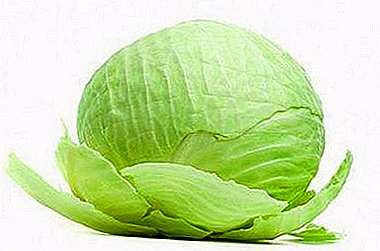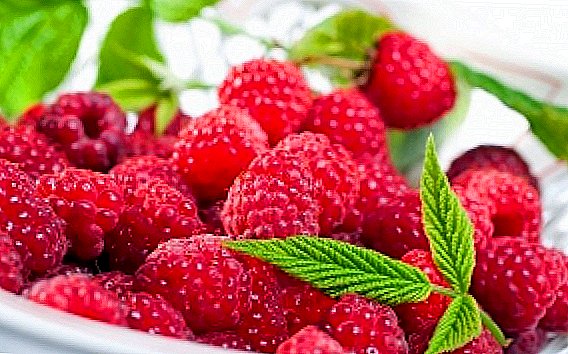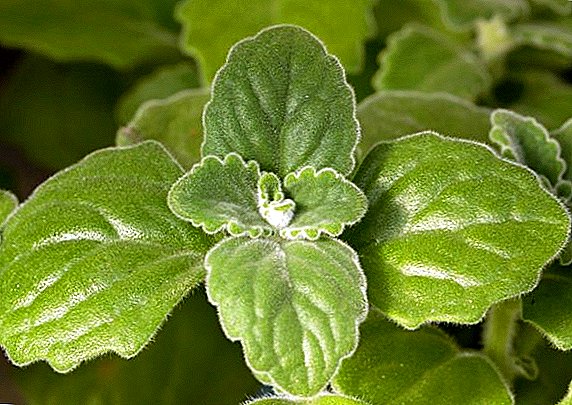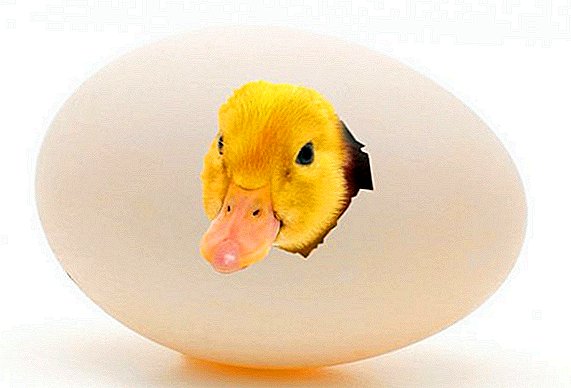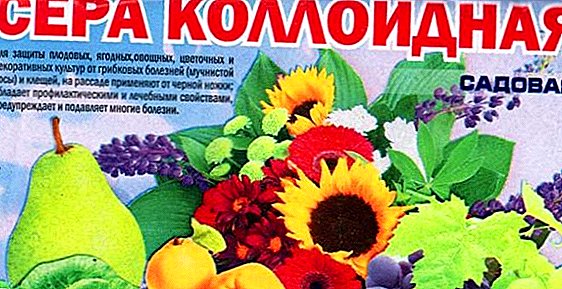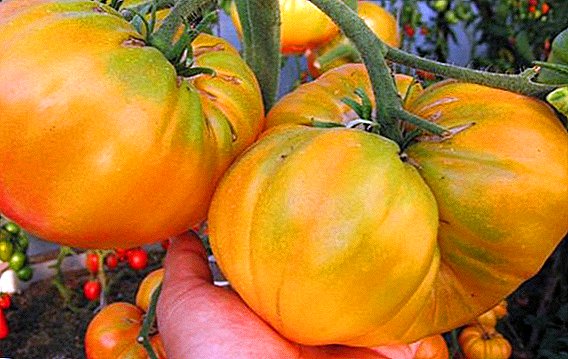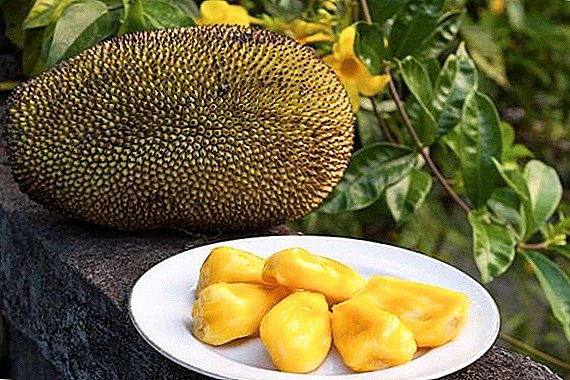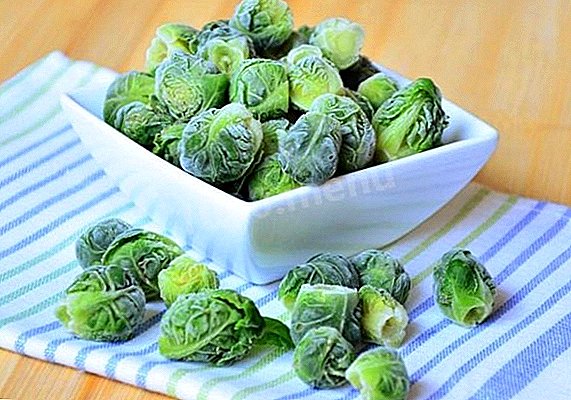 Freezing brussels sprouts for the winter is one of the most preferred ways to store this product. The technique is simple and affordable. Moreover, the coaches in this form do not lose their nutritional value and tenderness in taste, and their size makes it easy to distribute the crop in the freezer. In winter, such an ingredient would be very appropriate in vegetable soups, stews, salads, or as a separate dish. How to properly implement our plans, we will describe later in the article.
Freezing brussels sprouts for the winter is one of the most preferred ways to store this product. The technique is simple and affordable. Moreover, the coaches in this form do not lose their nutritional value and tenderness in taste, and their size makes it easy to distribute the crop in the freezer. In winter, such an ingredient would be very appropriate in vegetable soups, stews, salads, or as a separate dish. How to properly implement our plans, we will describe later in the article.
Are nutrients preserved when frozen?
Fresh heads of Brussels sprouts are valued in cooking for a harmonious ratio of low calorie and high nutritional value. The product contains folic and ascorbic acids, tocopherol, niacin, riboflavin, thiamine, retinol, beta-carotene.  In addition to essential vitamins, the vegetable contains potassium, calcium, magnesium, sodium, phosphorus, iodine, iron, molybdenum, zinc, fluorine, copper, manganese, and cobalt.
In addition to essential vitamins, the vegetable contains potassium, calcium, magnesium, sodium, phosphorus, iodine, iron, molybdenum, zinc, fluorine, copper, manganese, and cobalt.
Important! In order for the cabbages of Brussels sprouts to develop well and be resilient, it is necessary to remove the top of the stem when they start growing.
Experts say that the product when properly frozen retains a significant proportion of all nutritional components before the new season. And also its taste characteristics are preserved. During processing, only a small part of the nutrients is lost.
We advise you to get acquainted with the correct technology of freezing broccoli cabbage.
According to experts, the Brussels sprouts, fresh or frozen, must be in the diet pregnant women, children, the elderly, people suffering from cardiovascular diseases and malignant tumors.
- First, it is an excellent prevention of hypertension, tachycardia, arrhythmia, bradycardia.
- Secondly, the vegetable prevents the formation of breast cancer due to the presence of indole-3-carbinol.
- Thirdly, it stimulates the brain and improves memory.
- Fourth, it stimulates the immune functions of the body, which is especially important in the autumn-winter period.
- And, fifthly, small kochanchiki contribute to the removal of cholesterol from the body and have a beneficial effect on the organs of vision.

Important! Doctors advise people with high acidity of the stomach, dysfunction of the thyroid gland and organs of the gastrointestinal tract to limit the intake of Brussels sprouts.
Choosing cabbage for freezing
Given the direct dependence of the nutritional value and safety of the product on the technology of freezing it, let us consider in detail how to freeze Brussels sprouts at home. First of all, for this we need high-quality vegetables. During the selection process, carefully inspect all the coaches and give preference to elastic, dense specimens that do not exceed 2 cm in diameter. They should not have yellowness, signs of lethargy and decay, as well as any mechanical damage.
Learn more about the beneficial properties and culinary use of cabbage varieties: white, red, cauliflower, romanesco, Beijing, Savoy, broccoli, kale, kohlrabi, pak choi.
If the crop is striking in its size, do not be alarmed. Large heads can be cut in half or in 4 parts. This nuance will not affect the taste and quality of vegetable products. The main thing is that on the blanks there should be no cracks and cuts where microorganisms could hide. Such a vegetable is better to immediately start cooking.  Experienced gardeners say that freezing is unsuccessful precisely because cabbage heads are not properly removed from the central stem. This should be done very carefully to preserve the integrity of the heads.
Experienced gardeners say that freezing is unsuccessful precisely because cabbage heads are not properly removed from the central stem. This should be done very carefully to preserve the integrity of the heads.
Important! Do not rush to pick up Brussels sprouts from the garden beds. It is much tastier after the first frost. So wait until the outside temperature drops to -5 ° C.
Kitchen tools
For further work with cabbage you will need:
- large pan for blanching vegetables;
- sieve or colander;
- capacious capacity for cooling vegetable products;
- cloth or paper towels to dry the heads;
- freezer tray;
- plastic bags with zippers for storing kochanchikov.

Cabbage preparation
Before you freeze the Brussels sprouts for the winter, it’s important pre-prepare.
First of all, pay attention to the place of cutting heads. If you left too large stalks, remove them - they do not constitute any nutritional value, they only take up space in the freezer. But even with short tails, all the cuts will still have to be updated, because over time, under the influence of oxygen and light, the fibers oxidize, causing them to darken.
Thanks to the freezing method, it is possible to preserve the taste of fresh vegetables and fruits for a long time. Learn how to freeze strawberries, blueberries, cherries, apples, tomatoes, greens, corn, mushrooms, green peas, eggplants, and pumpkins for the winter.
After this, the workpiece must be soaked in weak saline. It is prepared at the rate of 5 tsp. salt in 3 liters of drinking water. This is done in order to eliminate the larvae of pests that could go unnoticed between cabbage leaves. If necessary, press the pop-up kochanchiki cover or plate.  After all the procedures done, the cabbage should be washed under running cold running water.
After all the procedures done, the cabbage should be washed under running cold running water.
Did you know? The ancient Romans considered any type of cabbage a delicacy and consumed this vegetable only on major holidays. And the dish was served exclusively boiled with spices.
Step-by-step freeze briefing
When the vegetable production dries out a bit after the preparatory stage, you can start its freezing.
This is done as follows:
- Pour cold water into the prepared pan. Experienced housewives advise her to count on the basis of the ratio: 1 kg of product - 3 liters of liquid.
- Put the container on the fire and wait until the water boils.
- Dip the prepared cabbage heads in boiling water and hold on the fire for 2-3 minutes. Do not overdo the vegetable on fire, because in this case it will lose its taste and nutritional value. After blanching, the bright green color of Brussels sprouts should remain.
- While the vegetables are blanched, pour ice water into another container (you can even add ice cubes).
- After the specified blanching time, quickly drain the boiling water and pour the cabbage into the freshly cooked dishes.
- Wait for the billet to cool, and in the meantime spread out paper or cloth towels to dry the vegetables.
- Remove the cooled cabbage from the water and place it on towels so that the glass has excess water.
- When the heads are completely dry, put them in one layer on the freezer tray and send them to the freezer.
- In order to get a better product, experts advise using the "Quick Freeze" option, which almost all modern freezers are equipped with. Its function is to sharply lower the temperature to -22 ... -24 ° C.
- After freezing, the cabbage is poured into clean plastic bags, remove excess air from them and zipper up. Then sent for storage in the freezer. Note that the temperature should not exceed -18 ° C.





Did you know? The ancient Greeks believed that with the help of ordinary cabbage, you can relieve alcoholic intoxication. That is why the vegetable was considered a symbol of sobriety.
Why blanching
Some housewives complain that blanching does not always have time, and miss this point in the process of freezing cabbage. The result is a low-quality vegetable with a short shelf life.
According to experts, blanching simplifies the process of cooking frozen food. After all, for its complete readiness is enough 10-minute heat treatment. Yes, and you can start cooking dishes from the cabbage frozen in this way immediately, without prior defrosting or other preparation of chants. In addition, blanched vegetables are stored twice as long.
We advise you to read about the ways of preparing broccoli, red and cauliflower for the winter, as well as how to make sauerkraut and what properties it has.
If fresh vegetables retain some bitterness in their taste, then after blanching and subsequent freezing, it disappears. Otherwise, the product before cooking will need to boil. At the same time in the water you need to add salt and lemon juice.  But in order that the freezing was carried out correctly, it is important for each portion of heads to change boiled and cold water.
But in order that the freezing was carried out correctly, it is important for each portion of heads to change boiled and cold water.
Did you know? During the construction of the famous Great Wall of China, slaves were fed with sauerkraut, which was previously soaked in wine.
How much can you store
Frozen products of Brussels sprouts are desirable to use for 12 months. Consider that vegetables that have previously been blanched have properties to be stored for up to 1 year, and all others are suitable for no more than six months.
It makes sense to stick labels with the date of manufacture of the product on plastic bags with freezing. In this case, you will know which of the coaches should be used first. 
Add your recipe book with recipes from tomatoes, cucumbers, peppers, zucchini, squash, onions, garlic, green peas, physalis, celery, rhubarb, asparagus beans, horseradish, butter, mushrooms, white mushrooms.
Useful tips
Every housewife wants her efforts were not in vain. In order for you to make a high-quality winter harvest, we have compiled for you a selection of important, and most importantly proven, tips and advice:
- In order to freeze the Brussels sprouts, harvest in parts. First, cut off the lower heads (approximately to the middle of the stem), and after a week you can proceed to the middle and upper forks. This technique will allow the apical fruits to grow enough and mature.
- Never put wet heads in the freezer. In the process of freezing, they will freeze together in a solid lump, which will be very difficult to separate for cooking.
- It is strictly forbidden to re-freeze Brussels sprouts. If you have unfrozen the entire contents of the package, you will be forced to fully use it.
- Before cooking, cabbage does not need to be defrosted. Frozen kochanchiki immediately from the freezer is added to the soup or stew.
- Some housewives use frozen Brussels sprouts for vegetable mix. Often there are peppers, carrots, asparagus beans, green peas, corn. Broccoli and cauliflower are good neighbors.
Observing these recommendations, be sure: a tasty and healthy vegetable will not leave your table throughout the winter.


